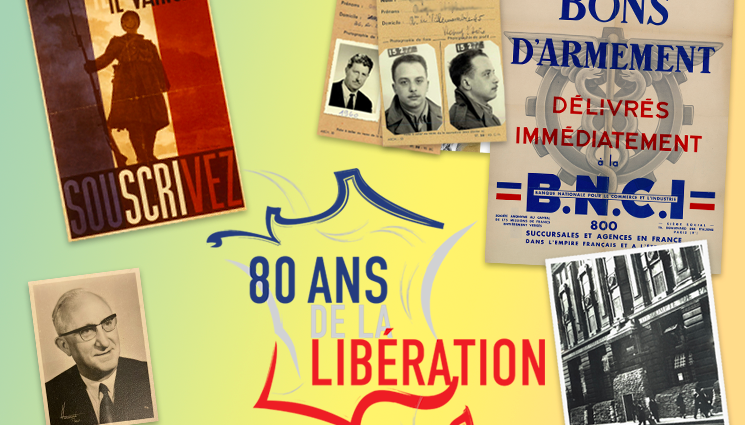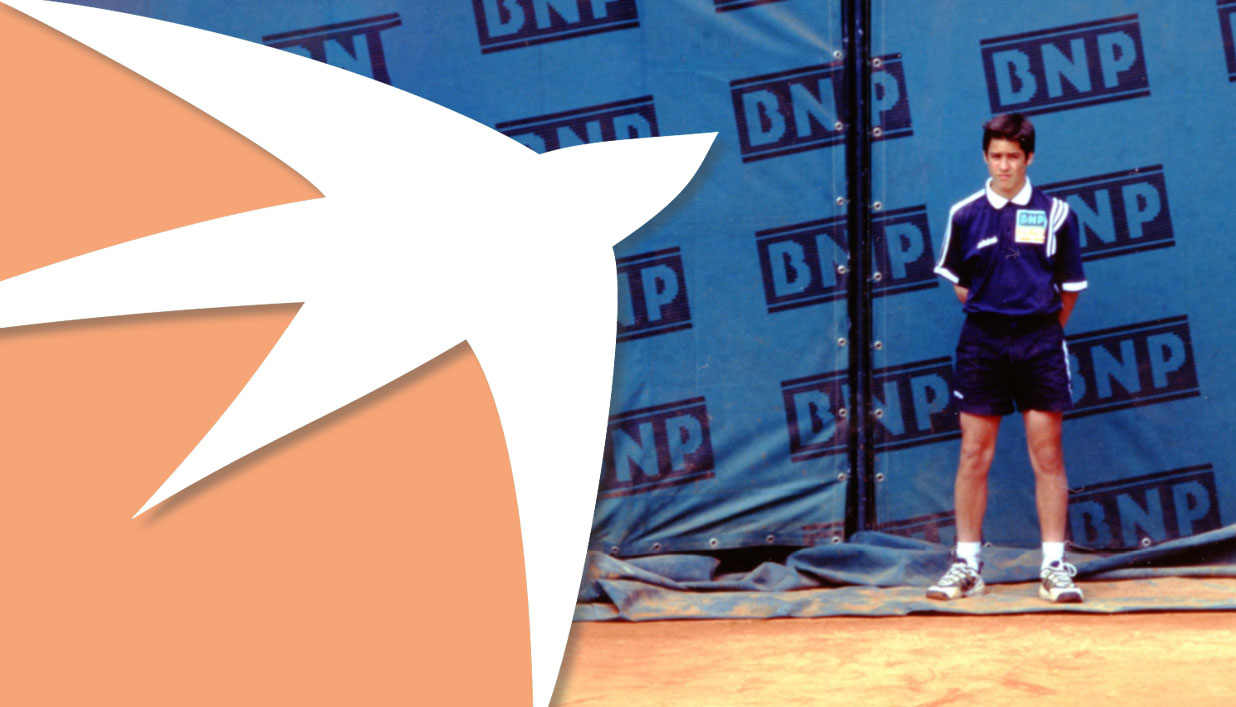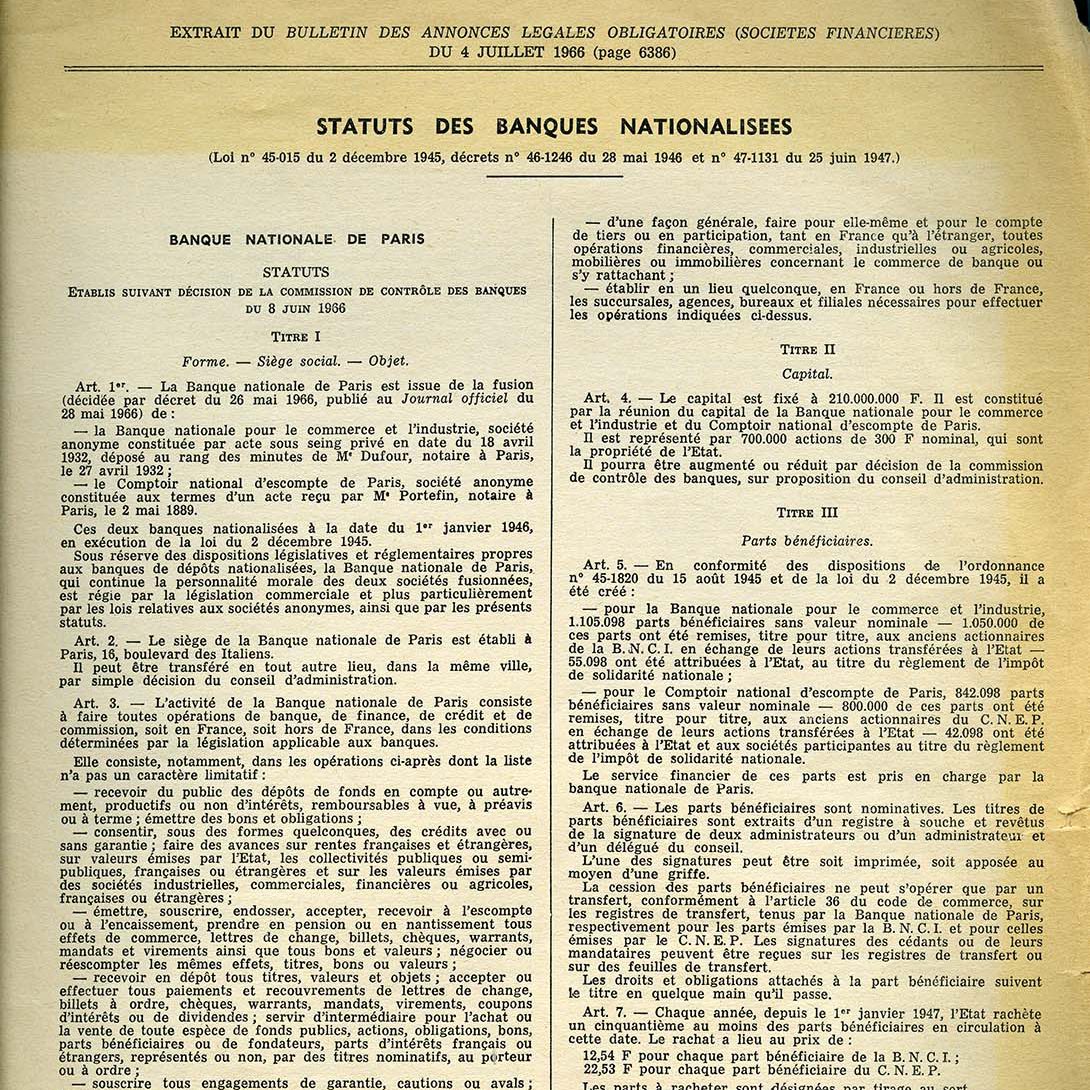BNP Paribas and sport
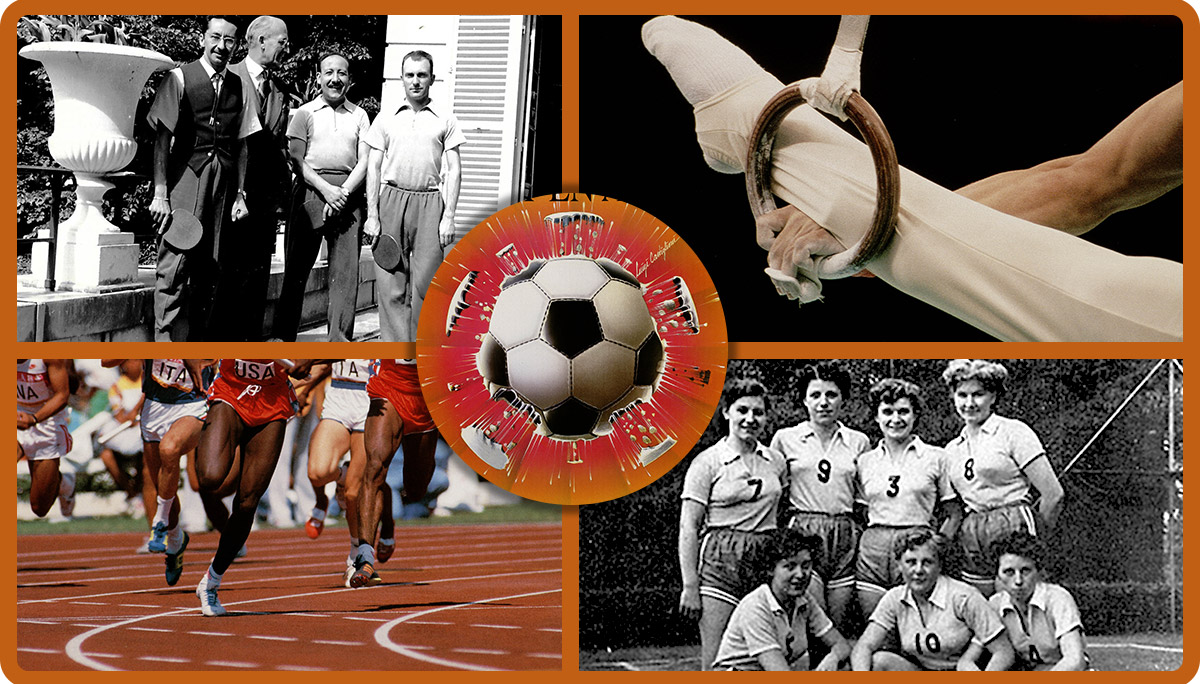
The practice of sport within the bank is not new. In 1921, just after the Great War, the bank’s first sports club was established. As a result of a paternalistic management system, sporting activity becomes a vector of employee well-being within the bank. Sports values then lead to corporate culture. BNP Paribas thus inherited a strong involvement in sport from its parent banks.
Let’s go through this together.
Banking and sport: a long story
The creation of the Paribas Athletic Club (PAC), the sports club of the Banque de Paris et des Pays-Bas (BPPB), dated 14 February 1921. A hell of a wink for sports lovers.
The club settled in Rueil, at the rue des Gourlis stadium. The club finally bought the stadium it rented in 1923. It is accessible to all employees of the Bank, as well as to their dependants. A contribution of 10 to 50 francs is payable for athletics, football or tennis.
PAC is diversifying its offer by increasing access to many sports over the years. This is the case for swimming, water polo, basketball, wrestling and fencing. The various sports sections of the club associate themselves with their respective national sports federation, which enables them to participate in competitions sponsored by these federations.
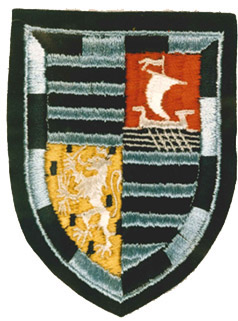
A family affair
The precursor Georges Deniau
Knowing BNP Paribas’ involvement in tennis, Georges Deniau, a member of the PAC and famous tennis coach, is one of its forerunners.
His father Philippe, a bank employee and member of the club, played tennis, but his son Georges was the most talented. Georges began competing with the PAC at age 13 in 1945. He reached the third round of the Roland-Garros tournament 10 years later and will continue in professional tennis, particularly as a coach. In particular, he mentored the French team during the Davis Cup victory in 2001, when BNP Paribas appeared on the bottom tarps of the competition.
The Aron
The future renowned sociologist and philosopher, Raymond Aron, played tennis with the director of the Banque de Paris et des Pays-Bas. The story tells us that it was through this relationship that Robert Aron, Raymond’s brother, was able to integrate the bank as the Bank’s Director of Studies.
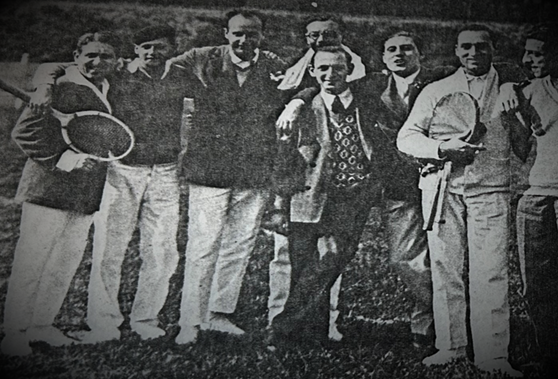
PAC was still active when Paribas was created in 1982. A sign of the future rapprochement between Paribas and Compagnie Bancaire in 1998, the PAC and the Amicale Sportive of Compagnie Bancaire (ASCB), which was born on 11 April 1964, are regularly on sports grounds. Upon the merger between BNP and Paribas in 2000, the two entities merged under the name Amicale Sportive et Culturelle (ASC).
The Amicale sportive et culturelle of the BNP, direct heir to the CAS of the BNCI and the CNEP
Founded in 1967, just after the birth of BNP in 1966, following the merger between BNCI and CNEP, the Amicale sportive et culturelle (ASC) of BNP and then of BNP Paribas, is a direct heir to the Club amis sportif (CAS) of the Comptoir national d’escompte de Paris (CNEP) founded in 1925 and to that of the Banque nationale pour le commerce et l’industrie (BNCI).
Unlike the PAC, which is established exclusively in the Paris region, the BNCI CAS is established throughout France, as is the bank.
Each CAS participates in corporate sports championships in their respective region or locality, as well as in Inter-CAS Challenges in order to compete with the various sections of the bank’s sports clubs across the country.
From the practice of provincial sports such as petanque and boules lyonnaises, to more common sports such as basketball or football, the Challenges Inter-CAS demonstrates the plurality of the sporting offer within CAS.
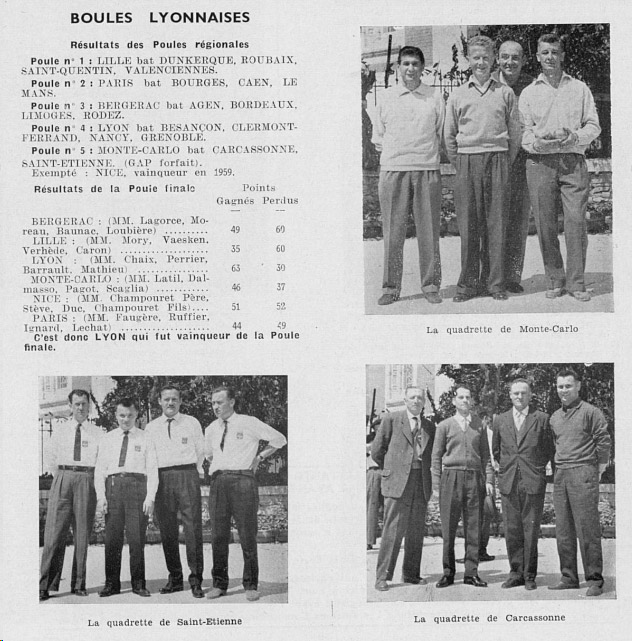
The primary objective of these sports groupings is to foster good understanding between employees of the same entity by creating a corporate culture within the bank.
Sports competitions provide bank employees with a spirit of emulation and competition. The idea was widespread at the time among industrial or business owners. Competitiveness and self-fulfillment, as sporting values par excellence, would benefit the productivity of bank employees.
The importance of the result
Although secondary initially, sporting results will become increasingly important to bank managers. Sport is becoming a means of demonstrating its superiority to competing banking institutions and of maintaining links with international partners through meetings abroad.
The bank does not hesitate to link amateur sport with certain high-performance athletes. In particular, it attracts coaches from professional sports.
In this way, it hopes to note some of the results that were considered disappointing.
This is the case for the football section of CAS Paris of BNCI.
For the 1952–53 season, CAS invited former professional footballer Georges Rose.
She gave him the position of coach of CAS Paris’s first team.
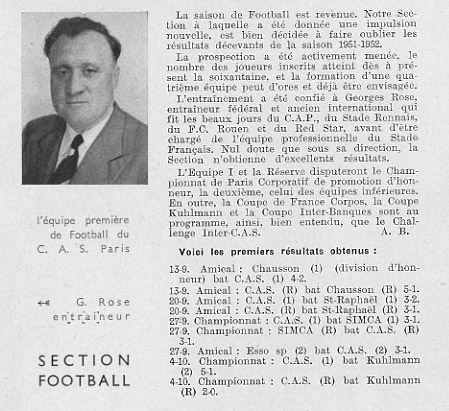
The newspaper as a medium for disseminating information to employees
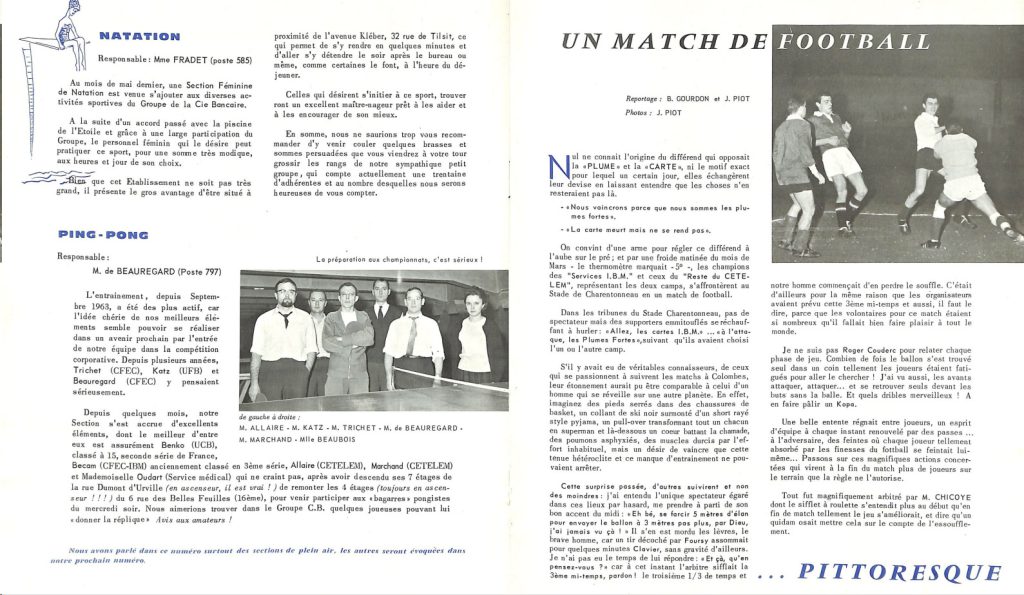
Employees follow the sports adventures of the various forerunner banks associations in corporate newspapers. As early as 1925, Paribas Sports recorded club results and news for the PAC and the CAS Journal for the BNCI club.
After the Second World War, corporate newspapers took over and included sport in their editorial lines.
For example, there are inserts dedicated to sports in the BNCI Journal, Dialogue for BNP, or in the newspapers of Compagnie Bancaire or Paribas.
Sport to keep the connection and health
The periodicals also send messages to bank employees. Take the PAC newspaper, for example.
Paribas Sports was founded in 1925, four years after the club was founded. The very first page in the history of this newspaper is intended to remind club members of the efforts made to spread sport by the Banque de Paris et des Pays-Bas. He also encouraged them to promote the club to their colleagues. This assumption of responsibility on the part of the BSCH leadership to have their employees participate in sport within the bank was directly linked to the paternalistic and health practices of sport by the major bosses in the 1930s. PAC members are described as a family in which “cordial friendship” must prevail. Inserts on the health benefits of sport are produced and also target children, who are potential CAP members as rights holders.
The Voisins domain in Louveciennes, a training place
Henri Cochet, one of the four French tennis musketeers, is part of the bank’s corporate sports movement. Starting in the mid-1950s, he taught improvement courses and conducted tennis courses at the Voisins estate in Louveciennes.
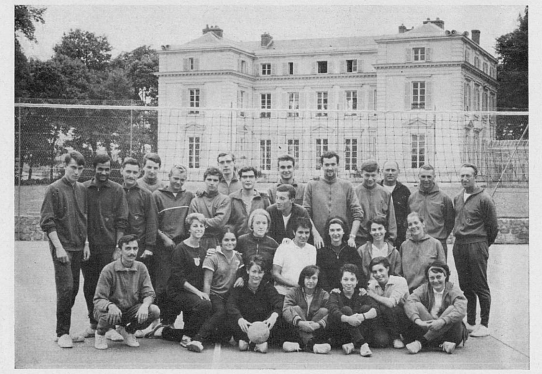
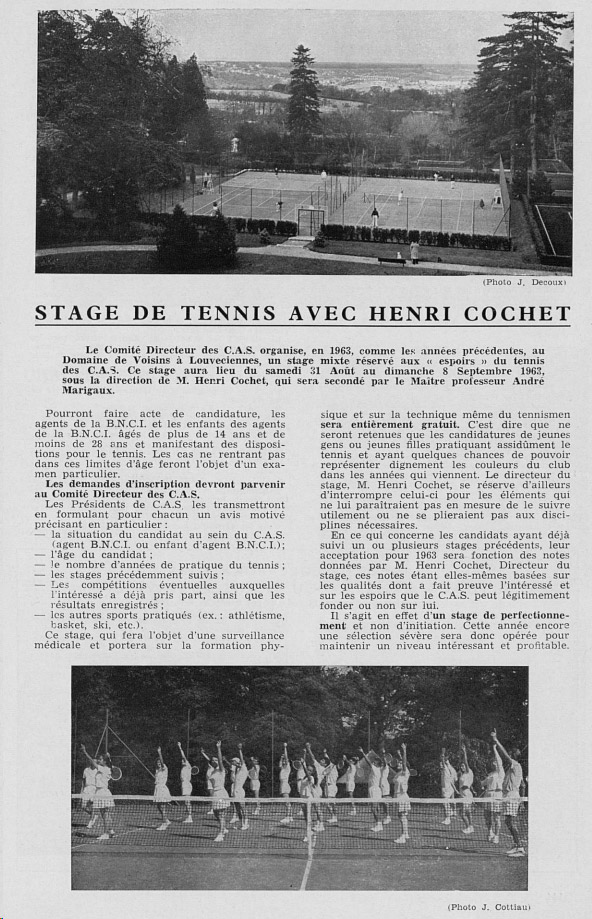
Marcel Mathoré, national coach of the Fédération Française de Volleyball (FFVB), supervised the September 1963 volleyball course at Domaine de Voisins. The aim of these courses is not only to improve sport. They also train future coaches and coaches for CAS sports sections.
Did you know?
The Louveciennes estate was purchased by the BNCI after the Second World War. The bank makes it a beautiful sporting and cultural area that has now become the Louveciennes Campus, where business seminars are held and sporting activities are carried out..
Dinan’s Club amical sportif
In Dinan, sport is also important.
The securities depository of Dinan had everything from a city to a city. Improvements are being made to make life more enjoyable in the area of Connais. Sports grounds are now an integral part of working environments. This increases well-being within the securities management department. Football and tennis would contribute to more efficient work.
More than sports, the sports grounds are part of the social life of Dinan’s employees. Through gatherings and the celebration of cultural events such as the celebration of the fires of Saint John which took place on the grounds.
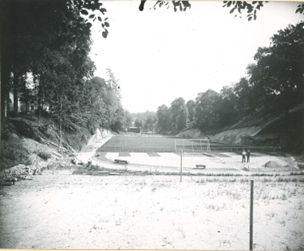
If the CAS had not existed, it would have had to be invented for Dinan, because it is impossible to believe that it is not indispensable in this important BNCI core of which it is the main attraction.
Testimony of a staff member in 1948
Corporate sport is part of the package BNP Paribas offers employees. The idea is to improve their quality of working life. Sport is practised within the BNP Paribas ASC in the same way as at the BNP ASC. The ASC is present throughout France. It is open to all Bank employees and their dependents, as well as to Group retirees. As proof of the bank’s commitment, sports halls are located in the employees’ workplace.

A French archivist also a wrestling champion
Archivists also play sports and sometimes perform! One of them is Michel Serraz. Employed in the archives department of Paribas, he won the title of champion of France in 1982. In addition to being a sportsman, Michel Serraz was also the coach of the PAC’s wrestling section.





